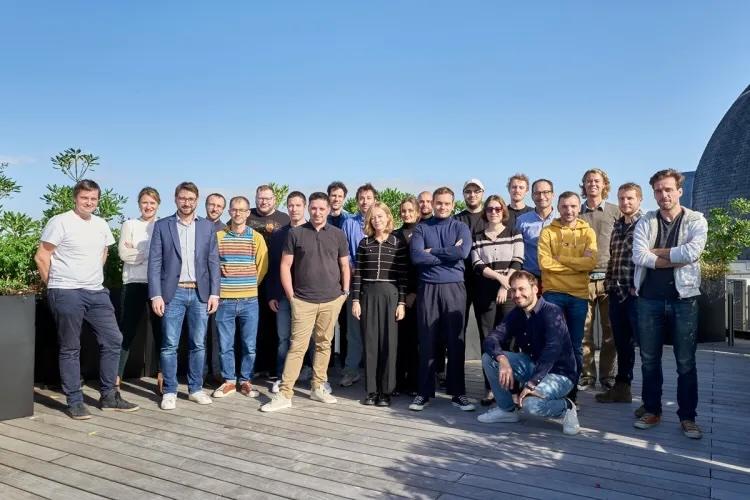Gladia raises $16M for AI transcription and analytics

Source: SiliconANGLE
Gladia aims to help companies leverage cutting-edge AI and retrieve actionable insights from audio data. The company’s application programming interface supports advanced speech recognition features in more than 100 languages, with exceptional accuracy and asynchronous and real-time transcription.
Gladia’s speech recognition tools seek to tackle the issue wherein most speech recognition models today are trained predominantly on English audio data and, at least according to Gladia, are “inherently biased.” Gladia’s solutions, in contrast, have been built to be truly multilingual, with its new fine-tuned engine debuting today offering advanced real-time transcription in more than 100 languages, along with enhanced support for accents and the ability to adapt to different languages on the fly.
The new engine is able to extract insights from calls, such as the caller’s sentiment, key information and conversation summary, in real time, taking less than a second to generate both transcript and insights from a call or meeting using Gladia.
The new product also overcomes challenges such as language understanding and real-time data handling with continuous optimization and maintenance. The real-time speech-to-text engine has a latency of under 300 milliseconds without compromising accuracy, regardless of the language, geography, or tech stack used.
“Our single API is compatible with all existing tech stacks and protocols, including SIP, VoIP, FreeSwitch and Asterisk,” said co-founder and Chief Technology Officer Jonathan Soto. “This allows us to easily integrate real-time transcription and analysis into our customers’ AI platforms so they can focus on delivering the best services to their end users.”
Read the full article here.